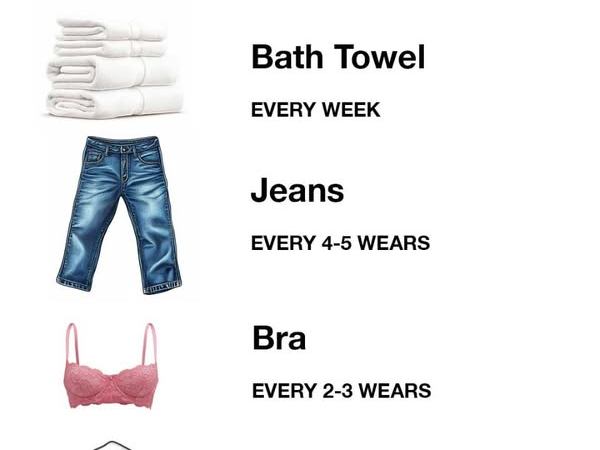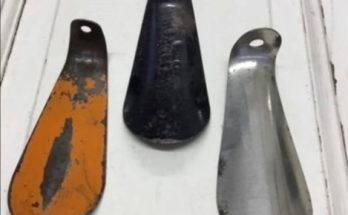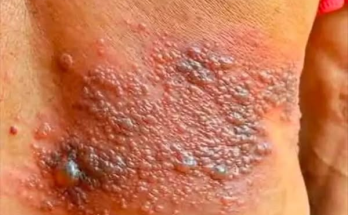
The Importance of Cleaning and Optimal Schedules
Cleaning isn’t just about looks. It’s key for a healthy home. Regular cleaning gets rid of germs, allergens, and pollutants that build up over time. A clean space cuts the risk of illness and boosts our quality of life. Plus, it’s good for our mental health since clutter and dirt can cause stress. Knowing how important cleaning is starts us on the path to a healthier home.
Cleaning Frequency: Why It Counts
How often we clean matters as much as cleaning itself. Different things and areas in our homes need different levels of attention based on use and exposure to dirt and bacteria. For example, things that touch our skin or food should be cleaned more often. Figuring out the best cleaning schedule for each item stops us from over – cleaning (which wastes resources) or under – cleaning (which can cause health problems). Sticking to recommended frequencies helps keep our homes clean and efficient.
20 Common Items and Their Ideal Cleaning Schedules
Here are 20 common household items and how often you should clean them, based on expert advice.
- Bath Towels: Wash once a week. They get wet and have skin cells, so bacteria can grow if not washed regularly. Hot water kills germs. In a humid place or with a big family, wash more often.
- Purses: Wipe down with a disinfectant wipe every week. Purses touch many surfaces and pick up dirt and germs.
- Bras: Wash every 2 – 3 wears. They’re against our skin, soak up sweat and oil. Gentle detergent and air – drying keep them in good shape.
- Jeans: Wash every 4 – 5 wears. They’re tough and don’t need to be washed often. Cold water and turning them inside out prevent fading.
- Pillows: Wash every 3 – 6 months. They can have dust mites and allergens. Hot water gets rid of them. Check the care label.
- Bed Sheets: Wash weekly. They collect sweat, skin cells, and dust mites. Hot water kills germs and allergens.
- Kitchen Sponges: Replace weekly or sanitize daily. They’re full of bacteria. Microwave for a minute or soak in bleach.
- Toothbrushes: Replace every 3 – 4 months, or sooner if bristles are frayed. They collect bacteria and wear out.
- Carpets: Get professionally cleaned every 6 – 12 months. They trap dirt and allergens.
- Curtains: Wash or dry – clean every 3 – 6 months. They gather dust and allergens.
- Refrigerator: Clean every 3 – 4 months. This stops mold and bacteria. Use mild detergent on shelves and drawers.
- Oven: Clean every 3 – 6 months, more if used a lot. Grease and food build up. Cleaning keeps it working well and stops odors.
- Windows: Clean every 6 months. Removes dirt and grime, lets in more light.
- Shower Curtains: Wash monthly with hot water and vinegar. This stops mold and mildew.
- Mattresses: Vacuum and rotate every 6 months. They can have dust mites and allergens.
- Light Fixtures: Clean every 3 – 6 months. Dust and insects collect on them.
- Remote Controls: Wipe down with a disinfectant wipe weekly. They’re often touched and have germs.
- Computer Keyboards: Clean weekly with compressed air and disinfectant wipes. They get dusty and germy.
- Cell Phones: Wipe down daily with a microfiber cloth and disinfectant. They have lots of bacteria from being handled a lot.
- Makeup Brushes: Wash weekly with a gentle cleanser. They have oil, bacteria, and product residue.
Conclusion: Keeping a Clean and Healthy Home
Following these cleaning schedules keeps your home clean and healthy. Regular cleaning makes your living space look better and is good for you. Making a routine based on these guidelines helps you clean well and have a more comfortable home.



